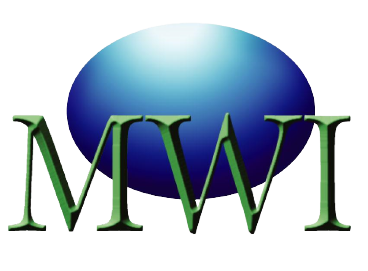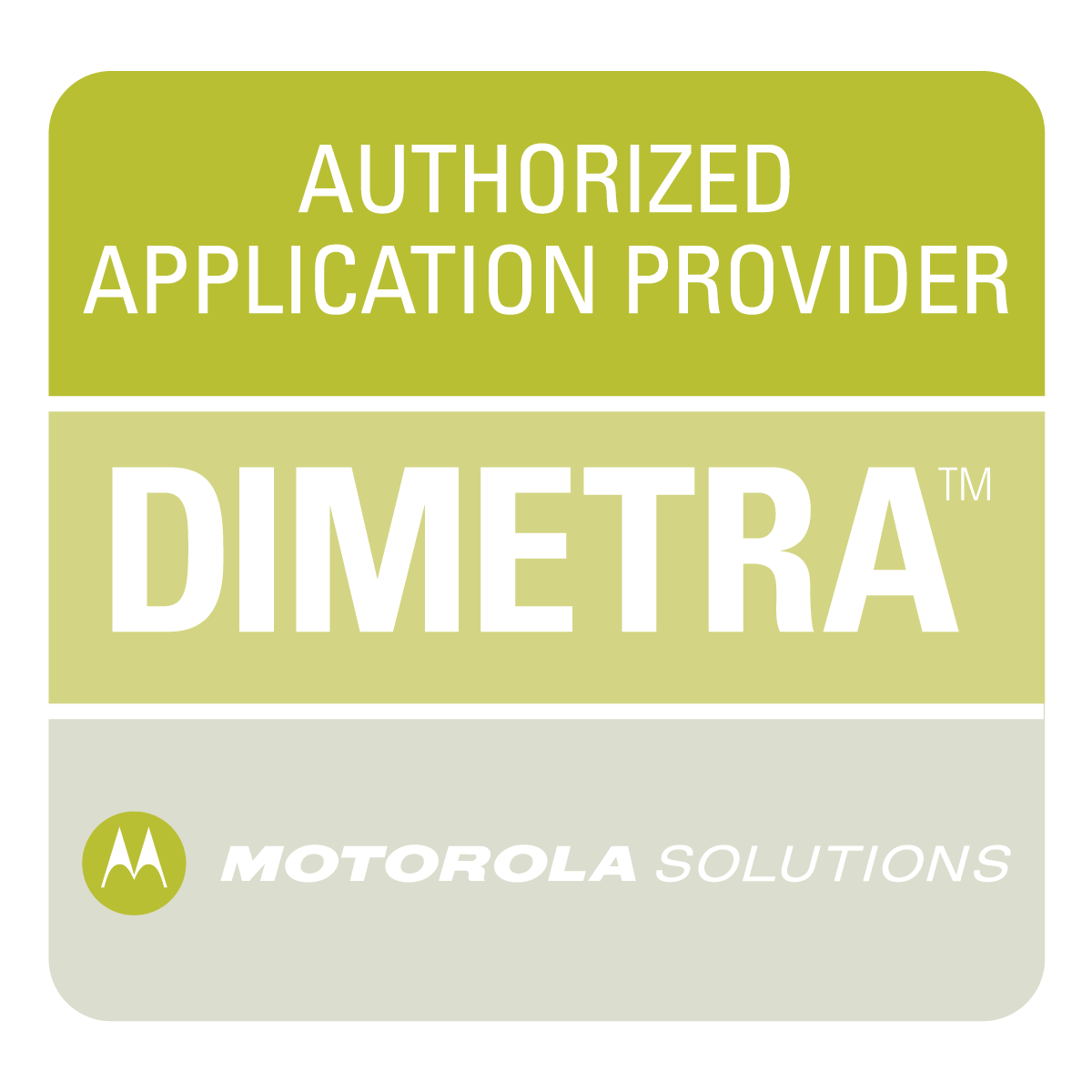Introduction to IoT Monitoring into Healthcare

What is IoT Temperature Monitoring?
IoT temperature monitoring involves using Internet of Things (IoT) technology to continuously track and manage temperature in various healthcare settings. Specifically, these systems consist of interconnected devices, such as sensors and software, that monitor environmental conditions in real-time.
By collecting data and sending alerts when temperatures deviate from set parameters, IoT temperature monitoring helps healthcare facilities maintain optimal conditions for sensitive materials like medications, vaccines, and blood products. As a result, this technology reduces the risk of spoilage and ensures compliance with regulatory standards. Ultimately, it enhances patient safety and improves the quality of care.
Importance of Temperature Control
Medication Efficacy
Many medications, require strict temperature control to remain effective. If temperatures deviate, this can result in reduced potency or spoilage.
Infection Control
Additionally, maintaining specific temperatures in storage areas for medical supplies is crucial for preventing bacterial growth. This helps reduce the risk of infections.
Adherence to Guidelines
The Drugs and Cosmetics Act, along with various guidelines from the Central Drugs Standard Control Organization (CDSCO), imposes strict regulations on temperature control in healthcare. Compliance with these regulations is essential to avoid penalties and to maintain licenses.
Audit Preparedness
Finally, continuous temperature monitoring ensure that healthcare facilities are always prepared for inspections, helping them meet government standards.
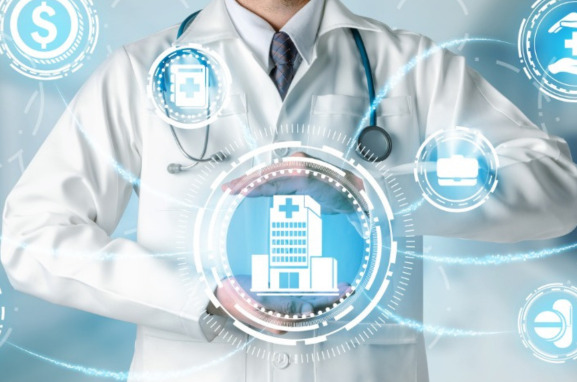
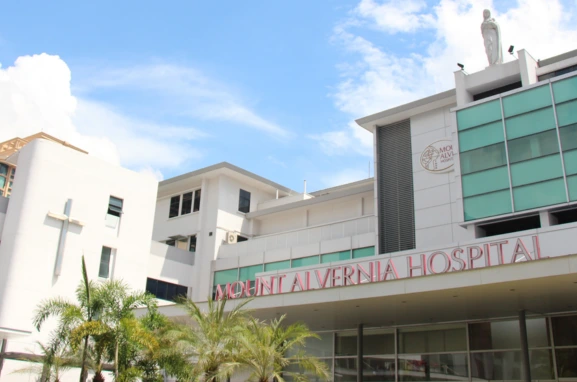
Case Study: Mount Alvernia Hospital
As a hospital, Mount Alvernia has to operate 24/7 round the clock across various departments.
Temperature monitoring is required across their kitchens, wards, operating theatre, pharmacies, lab, and more.
We can install our wireless, non-intrusive solution throughout the entire hospital, ensuring seamless coverage. Plus, we offer 24/7 support for our system.
We also collaborate with accredited calibration labs to provide ISO calibration certificates for our sensors.
This combination makes us the ideal one-stop solution, which is why Mount Alvernia Hospital chose MWI over other vendors.
How to Choose an IoT Monitoring System?

1. Integration with Existing Systems
If you’re unhappy with your current monitoring setup, it’s essential to consider whether the new system can integrate with your existing sensors. This flexibility allows you to upgrade your software without needing to replace your hardware.
2. Scalability
As your business grows, you should evaluate whether the system can accommodate additional sensors. Will it allow for future expansion, or is there a strict limit on the number of sensors you can use?
3. Real-Time Monitoring and Alerts
Next, assess whether the monitoring system provides real-time data tracking. Can it alert you immediately when conditions deviate from the set parameters, even if you’re not physically present?
4. Data Reports
Finally, check if the IoT monitoring system allows you to download or schedule reports for specific time periods. Are these reports useful for audits? Having easy access to data reports is crucial for compliance and analysis.
Remote Healthcare Solutions
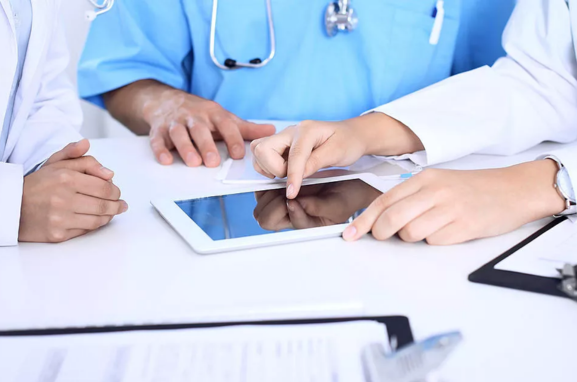
Telemedicine has gained immense popularity, especially during the COVID-19 pandemic. In this context, IoT temperature monitoring systems play a crucial role by allowing healthcare providers to remotely monitor temperature-sensitive items, such as vaccines and medications, without needing physical access to storage facilities.
These systems provide real-time alerts if temperatures deviate from safe ranges, enabling healthcare providers to address potential issues promptly. For example, if a vaccine is stored in a refrigerator that experiences a temperature spike, the system can immediately notify staff, allowing for quick action to prevent spoilage.
Moreover, remote monitoring enhances patient care by ensuring that temperature-sensitive treatments are always kept under optimal conditions. This ultimately improves treatment efficacy and patient outcomes. As a result, these capabilities significantly enhance the overall effectiveness of telehealth initiatives, ensuring that patients receive safe and effective care from the comfort of their homes.
Future of IoT Temperature Monitoring in Healthcare
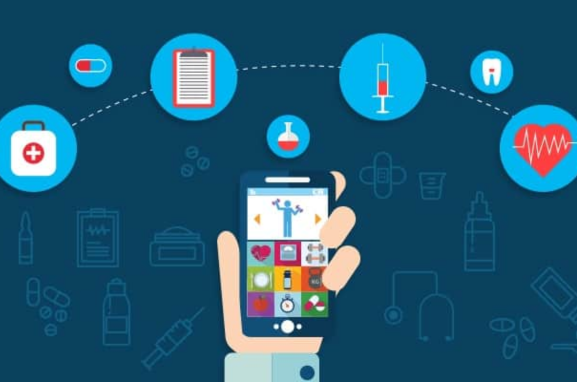
Looking ahead, IoT temperature monitoring systems are expected to become even more integral to healthcare operations. With the rise of telehealth and remote patient monitoring, there will be a greater demand for real-time data collection and analysis. As healthcare providers increasingly adopt digital solutions, the focus will shift towards seamless integration of monitoring systems with electronic health records (EHRs), facilitating comprehensive patient care.
Moreover, regulatory bodies may introduce stricter guidelines, further driving the adoption of IoT solutions. As a result, healthcare organizations that invest in advanced temperature monitoring technologies will not only enhance their operational efficiency but also improve patient outcomes in a rapidly changing healthcare environment.
